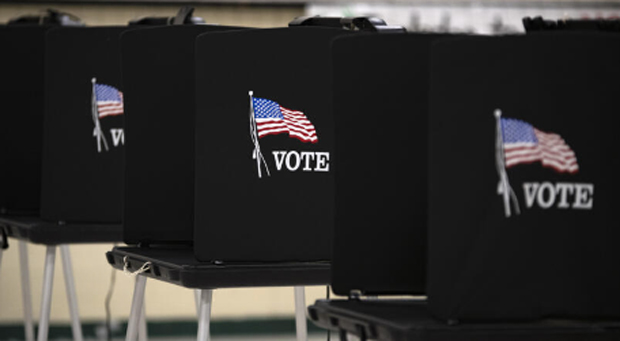The outgoing Biden Administration and Big Pharma are trying to launch new global lockdowns on H5N1 bird flu just weeks before President-elect Donald Trump’s inauguration.
On Friday, the U.S. Department of Health and Human Services (HHS) announced a $306 million initiative to address the H5N1 avian influenza, commonly known as “bird flu.”
This effort includes the development of mRNA vaccines and other pandemic preparedness measures.
However, newly uncovered documents reveal a controversial side to these measures.


Government-funded experiments are reportedly being conducted to make bird flu viruses more transmissible and potentially more deadly, raising alarm over a possible manufactured biosecurity crisis.
According to documents obtained by the watchdog group White Coat Waste Project, federal funding is supporting research that involves infecting birds with various bird flu strains to study how the virus can be made more contagious.
This research also investigates the virus’s ability to “jump to mammalian hosts,” sparking serious concerns about biosecurity and the potential for unintended consequences.
Funding for these experiments began in April 2021 and is scheduled to continue until March 2026.
The revelations echo the gain-of-function research linked to the origins of the COVID-19 pandemic – are we about to see history repeat itself?
Adding to the unease, HHS is allocating substantial resources toward pandemic preparedness through the Administration for Strategic Preparedness and Response (ASPR).
The funding allocation includes:
- $90 million for the Hospital Preparedness Program (HPP)
- $10 million for the National Emerging Special Pathogens Training and Education Center (NETEC)
- $26 million for Regional Emerging Special Pathogen Treatment Centers (RESPTCs)
- $43 million for Avian Influenza Preparedness and Response Activities
- $14 million to replenish National Disaster Medical System (NDMS) equipment and supply caches
The Centers for Disease Control and Prevention (CDC) has announced plans to allocate $111 million to strengthen virus monitoring at local, state, and national levels.
This includes $103 million dedicated to increasing surveillance of individuals exposed to infected animals and conducting outreach to high-risk groups, such as livestock workers.
Meanwhile, the National Institutes of Health (NIH) is investing $11 million in researching potential medical countermeasures for the H5N1 avian influenza.
While these efforts aim to bolster preparedness, critics argue that the $306 million initiative signals more than precaution—it hints at a calculated push toward engineering the next pandemic.
The unsettling similarities to pre-COVID-19 activities—such as gain-of-function research and the development of new vaccines—have prompted calls to end such experiments and revoke the government’s sweeping pandemic powers.
The U.S. Department of Health and Human Services (HHS) defended the measures in a press release, stating:
“While CDC’s assessment of the risk of avian influenza to the general public remains low, USDA and HHS continue to closely collaborate with Federal, State, local, industry, and other stakeholders to protect human health, animal health, and food safety.”
Despite these assurances, public skepticism persists.
Federal agencies like the Department of Energy and FBI have concluded that COVID-19 likely originated from a laboratory incident. Fears of the bird flu strains are mounting.
RELATED: Top Beef CEO Vows to “Shut Down Company” Before “Shipping a Single Bag of mRNA Injected Meat”











